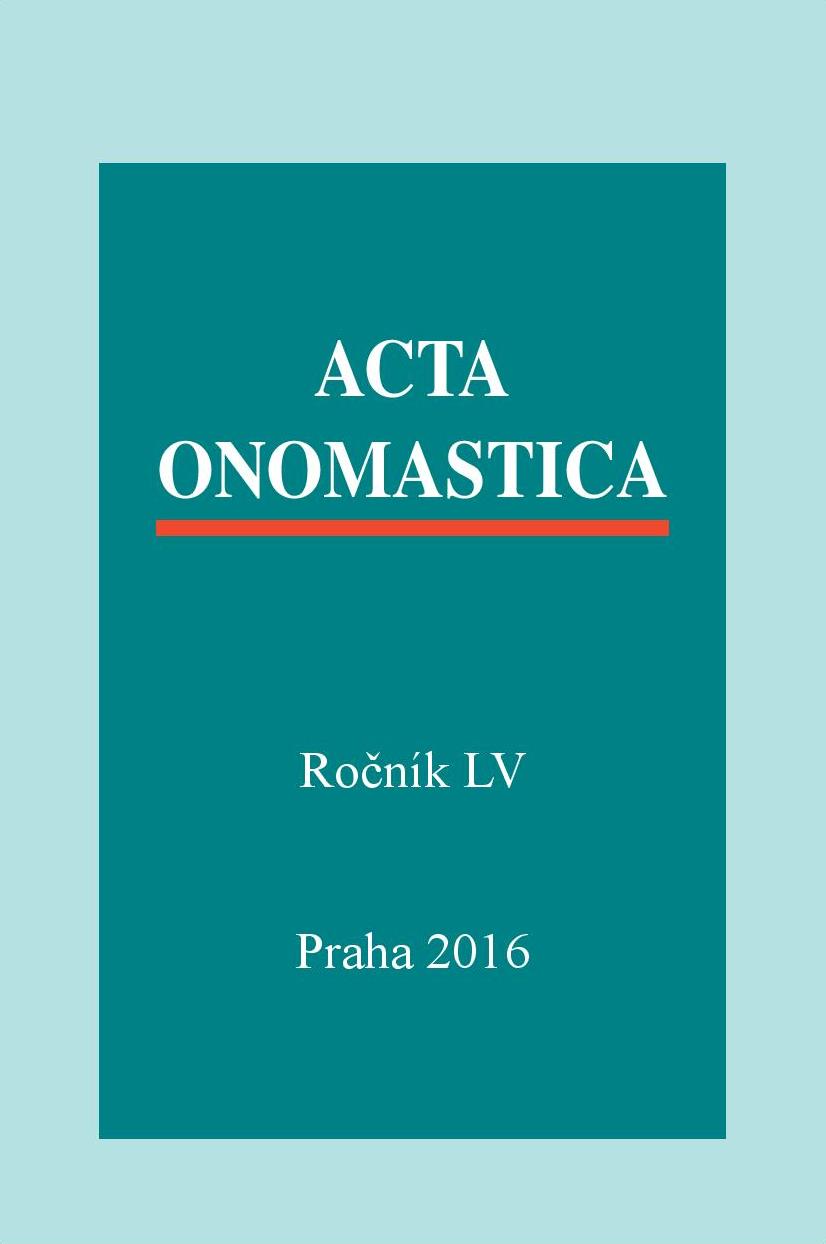Nazewnictwo miejskie, a wiejskie mikrosystemy toponimiczne
Urban Names Versus Rurual Toponymic Microsystem
Author(s): Maria Czaplicka-JedlikowskaSubject(s): Language and Literature Studies
Published by: AV ČR - Akademie věd České republiky - Ústav pro jazyk český
Keywords: new tendencies; urban toponymy; rural toponymy
Summary/Abstract: The direct inspiration for my assessment of currently created rural toponymic microsystems was the change in property numbers and the naming of old country paths in my district of Koronowo and in the neighbouring district of Osielsko. New road and street names in rural areas are an addition to the toponymic resources.Having analysed selected examples of street names from rural toponymic microsystems, I observed a high repeatability rate. In the district of Koronowo, this refers to 30 names, and in the district of Osielsko to as many as 40! Consequently, the level of toponymic differentiation is low in these areas, both in terms of tradition and the organization of the social and cultural setting. The engagement of users in the naming process is minimal. A new trend is the domination of arbitral names, which constitute as many as 50 % of all road names in the district of Koronowo and nearly 80 % in the district of Osielsko. It is a testament to poor qualifications of the officials, who initiate the creation process of this system. They have difficulty in communicating with local residents with regard to the creation of the rural toponymic microsystem – being a new phenomenon as opposed to the long-established urban toponymy. It is a pity that they do not cooperate with linguists, onomasticians or historians of the region.Usually, the semantic and structural features used in new rural names are those that are common in the urban naming system. This means that the names of streets and roads (sometimes very small ones!) are – as can be seen in the examined material – a selective import from the urban culture. They do not fully express the character of the area, as they fail to make any reference to its historical or cultural heritage, despite the fact that these areas boast interesting historical backgrounds, related, for instance, to the struggle for independence in various periods, and are also full of geographical points of interest.Compared with politically-driven names of streets and new natural features (e.g. new lakes in the village of Kręgle, or the Grabina Park and the Wyczółkowski Grove), names commemorating historical events or topographical changes would simply have an associative value.
Journal: Acta Onomastica
- Issue Year: LV/2016
- Issue No: 55
- Page Range: 53-60
- Page Count: 8
- Language: Polish

